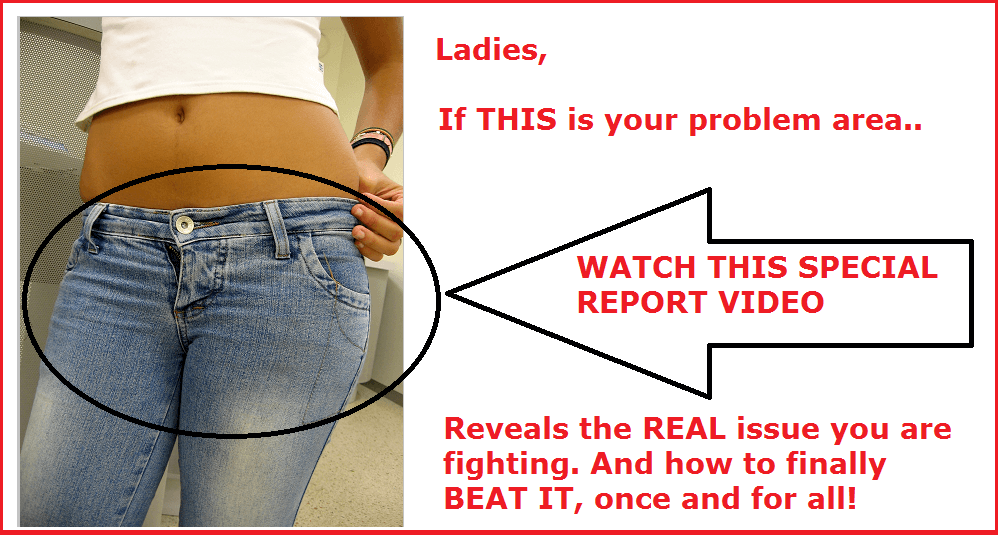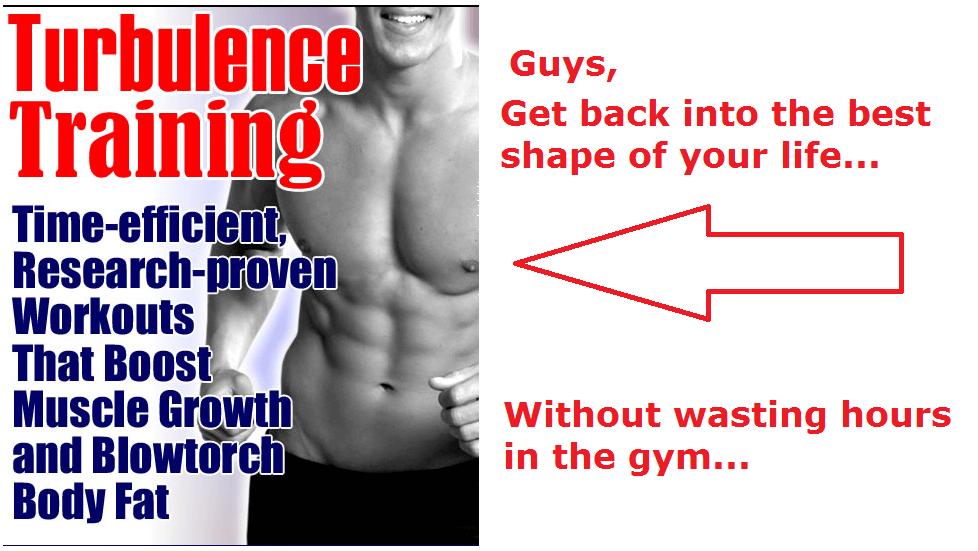How To Do Intermittent Fasting For Fat Loss
FREE Download:
The Fat Loss Diet I use:
Short-term fasting has appetite suppressing effects. I know, you’d think it’s the other way around. By skipping breakfast you get the advantage of not feeling hungry during the morning hours. In addition to that, you save all your calories for the second part of the day. This means you get to enjoy big satisfying meals in the evening. Which is when most people eat the most.
You’ll say: This is ridiculous, how can something as simple as skipping breakfast make such a big difference?
It’s the snowball effect. The benefits you get out of it are these:
Better hunger control because of the fasting period
It’s harder to overeat when your eating window is only a few hours long so you minimize cheating
You have more calories to work with for each meal which means more satisfying meals
Less time spent preparing and eating food – more productivity
You can save enough calories for the evening meal to allow eating out
Eliminates the need for cheat-meals. You can make your meals so large they feel like cheat meals
Sounds good? alright, here’s the way I do Intermittent Fast and how I recommend you do it:
Don’t eat for 4-6 hours after waking up. You don’t need to break your fast at the same time every day, you just need to push your first meal back a few hours.
Drink a few tall glasses of water and a cup of coffee during the fast. Sparkling water is actually superior because it fills you up a little. And coffee without sugar or milk is a powerful appetite suppressant. This combination makes fasting effortless.
Have 2-3 meals in the second part of the day, what you’d call the feeding window. I recommend any one of these 3 templates. Personally, I use template 1.
Template 1:
12-2 PM – First meal of the day (30% of daily calories)
4-6 PM – Second meal (30% of calories)
8-9 PM – Final meal (40% of calories)
Template 2:
12-2 PM – First meal of the day (15% of daily calories)
4-6 PM – Second meal (60% of calories)
8-9 PM – Final meal (25% of calories)
Template 3:
12-2 PM – First meal of the day (40% of daily calories)
6-9 PM – Final meal (60% of calories)
Experiment and see how you like to split your macros for each meal. Personally I enjoy to have lean protein and veggies in my first meal. In my second meal I like high fat foods or desserts. And in my last meal I get most of my carbs. You can do this too, but also experiment and see what you like most.
Workout anytime after your first meal or immediately before it. Fasted training is fine as long as you have a meal right after it. If you workout in the early morning I don’t recommend delaying your post-workout meal until lunch. The current evidence suggests you’d compromise the rate of muscle growth a little.
And that’s it. You’re good to go. I guarantee eating like this every day is very enjoyable.
But you will have a final objection: Wouldn’t fasting lead to muscle loss and metabolic slowdown?
In short no. Small meals do not speed up the metabolism neither are they better for appetite control, eating in the evening doesn’t make you fat, short term fasting doesn’t affect muscle growth and you can absorb more than 30g of protein in one meal.
Meal frequency and food distribution don’t affect fat loss and body composition. Actually the awesome researchers Alan Aragon, Brad Schoenfeld and James Krieger recently did a meta-analysis that looked at the effect of meal frequency on body composition. They found no difference. Their conclusion was this: Given that adherence is of primary concern with respect to nutritional prescription, the number of daily meals consumed should come down to personal choice if one’s goal is to improve body composition.
Our sponsor:
 Click Here to go directly to the video for Women
Click Here to go directly to the video for Women
Please visit our sponsor:
Be sure to check back Soon. New videos added daily. Get the best tips, tricks and techniques for losing weight.Find some that work for you, and feel great.
FREE Download:
The Fat Loss Diet I use:
Short-term fasting has appetite suppressing effects. I know, you’d think it’s the other way around. By skipping breakfast you get the advantage of not feeling hungry during the morning hours. In addition to that, you save all your calories for the second part of the day. This means you get to enjoy big satisfying meals in the evening. Which is when most people eat the most.
You’ll say: This is ridiculous, how can something as simple as skipping breakfast make such a big difference?
It’s the snowball effect. The benefits you get out of it are these:
Better hunger control because of the fasting period
It’s harder to overeat when your eating window is only a few hours long so you minimize cheating
You have more calories to work with for each meal which means more satisfying meals
Less time spent preparing and eating food – more productivity
You can save enough calories for the evening meal to allow eating out
Eliminates the need for cheat-meals. You can make your meals so large they feel like cheat meals
Sounds good? alright, here’s the way I do Intermittent Fast and how I recommend you do it:
Don’t eat for 4-6 hours after waking up. You don’t need to break your fast at the same time every day, you just need to push your first meal back a few hours.
Drink a few tall glasses of water and a cup of coffee during the fast. Sparkling water is actually superior because it fills you up a little. And coffee without sugar or milk is a powerful appetite suppressant. This combination makes fasting effortless.
Have 2-3 meals in the second part of the day, what you’d call the feeding window. I recommend any one of these 3 templates. Personally, I use template 1.
Template 1:
12-2 PM – First meal of the day (30% of daily calories)
4-6 PM – Second meal (30% of calories)
8-9 PM – Final meal (40% of calories)
Template 2:
12-2 PM – First meal of the day (15% of daily calories)
4-6 PM – Second meal (60% of calories)
8-9 PM – Final meal (25% of calories)
Template 3:
12-2 PM – First meal of the day (40% of daily calories)
6-9 PM – Final meal (60% of calories)
Experiment and see how you like to split your macros for each meal. Personally I enjoy to have lean protein and veggies in my first meal. In my second meal I like high fat foods or desserts. And in my last meal I get most of my carbs. You can do this too, but also experiment and see what you like most.
Workout anytime after your first meal or immediately before it. Fasted training is fine as long as you have a meal right after it. If you workout in the early morning I don’t recommend delaying your post-workout meal until lunch. The current evidence suggests you’d compromise the rate of muscle growth a little.
And that’s it. You’re good to go. I guarantee eating like this every day is very enjoyable.
But you will have a final objection: Wouldn’t fasting lead to muscle loss and metabolic slowdown?
In short no. Small meals do not speed up the metabolism neither are they better for appetite control, eating in the evening doesn’t make you fat, short term fasting doesn’t affect muscle growth and you can absorb more than 30g of protein in one meal.
Meal frequency and food distribution don’t affect fat loss and body composition. Actually the awesome researchers Alan Aragon, Brad Schoenfeld and James Krieger recently did a meta-analysis that looked at the effect of meal frequency on body composition. They found no difference. Their conclusion was this: Given that adherence is of primary concern with respect to nutritional prescription, the number of daily meals consumed should come down to personal choice if one’s goal is to improve body composition.

